Video Series documenting the attempt
Before
I’ve been staring up at the Pichincha Mountains since I first arrived in Quito, Ecuador on September 1, 2008. Visible from almost anywhere in the city, the two peaks of Guagua Pichincha (15,696 ft) and Rucu Pichincha (15,413 ft) tower over the valley through which Quito has expanded since 8000 BCE.
But, in 2008, lil Ty was just a bright-eyed gringo, fresh off the plane and attempting to make small-talk in (poor) Spanish w/ his then host-mother while staring at the craggy peak the kitchen window. I quickly learned that a newly-built cable car took locals and tourists alike up to Cruz Loma, a high grassy ridgeline over 13,000 ft up at the base of Rucu, and within my first week, I convinced my Norwegian housemate to check it out.
Other than one staged running photo, we barely moved up there, the air so remarkably thin even at what was really the base of the mountain. But having grown up in New England, the miles of clear views, the giant snow-capped volcanoes, it all stuck with me and planted a seed that would grow and flower over the coming 12 years.
In that intervening decade, the mountains have become more like home but no less of a source of wonder. I’ve come back to the Andes every year and have hiked and climbed mountains from Ecuador and Peru in the north to Tierra del Fuego at the very tip of South America. I’ve passed beautiful, relaxing days in sunny valleys and have had endlessly challenging nights way high up with life or death consequences. But I’ve always felt the pull to come back.
For some retrospectively inexplicable reason, though, I was reluctant to think about the mountains as a place to compete. [Of course, it’s not inexplicable; it’s the culture of road-elitism that comes out of LetsRun dot Com]. It took years of the gateway drug of the Road 50K before I felt the pull of the ultra community and fully accepted I’ve been in denial: yes, I love pushing myself on the roads and track; but I also love pushing myself in the mountains.
Last summer (2019), I ran 64km (~40 miles) to set the Fastest Known Time on the Salkantay Inca Trail. It beat me up in a way I’d never experienced before but filled my heart with the joy of a golden retriever chasing his favorite ball. I knew I’d be back running in the mountains.
I’d summitted Rucu and Guagua Pichincha many times over the years since that first trip up the Teleferiqo in 2008. But as I learned more about the area, the trail running scene, and played with Google Earth, I discovered the route that appeared to be the true tour de force of the Pichincha range — Frankenstein’s creation of the most popular routes creating one monster traverse.
Instead of riding the cable car up (which doesn’t open until 09:00), we’d run up the Polichasqui Trail, a vertical kilometer from the edge of the city to the top of the Teleferiqo. From there, we’d follow the well-traveled route to the summit of Rucu Pichincha before beginning the “Integral Route”, which navigates across two smaller peaks (Cerro Ladrillos and Padre Encantado), before climbing to the summit of Guagua Pichincha. Finally, we’d finish with a 9 mile downhill run from the summit of Guagua to the town of Lloa (over 6,000 ft below). It was perfect.
During
And so, but fast forward to 06:00 on Saturday, January 18. I’m standing on the side of the highway as dawn just breaks over the city and a gaggle of junkyard dogs barks furiously (luckily, from behind a fence). My years of oggling these mountains has led to this moment and — much to my great joy — I’ve roped a bunch of my friends into being a part of it.
Anna Mae Flynn and I had met at a HOKA athlete event back in December. To say I’m intimidated by her resume would be an understatement. Having won the Lake Sonoma 50 Miler as well as the Speedgoat 50K, AMF had proven herself in 2019 to be one of the best ultra-trail runners in the country. With her mountain/trail pedigree and living in a small town in Colorado at 9,000 ft, she is, if anything, more prepared for this traverse than I am.
And behind every crazy attempt is a strong team. We’re lucky to be joined by our close friends David Wilder (my first running partner from way back in high school), Greg Krupa (one of my oldest friends in Quito), and Emmett Scully (the founder of Trackster who had come all the way to Ecuador to help document this week). We are ready. The stoke is high.
With little fanfare — except the incessant barking of dogs — we begin the route just after 06:00, running up a set of wooden stairs and onto an obvious trail through a beautiful forest. This first stretch is unrelentingly uphill, from the edge of the city at 9,500 ft to the top of Rucu at 15,413 ft. At this altitude, “running” uphill is a bit of a euphemism; we blast through the first kilometer in just over 8 minutes (about 13 minute/mile pace) and are breathing hard. We’ve got a long way to go.
The trail only steepens after that point. From the forest, we navigate through a hill-side cow-pasture, making our way up a steep, grassy hillside before joining a new trail which leads back into a forest above it.
Now, the trail is so steep that running is out of the question. We’ve already climbed more than 1000 ft and between the increasingly thin air and the grade of the trail, we shift to a “power hike”. [Coming from a road racing background, it took me a long time to accept that walking is an acceptable form of transport, even in a race. During my first few forays into the mountains, I refused to walk, taking tiny little jogging steps up the steepest of faces while my heart rate approached its max. It wasn’t until I befriended trail 100 mile trail aficionado Patrick Reagan, who convinced me to try running and walking up similar slopes and to compare the effort/HR, that I realized that not only is power-hiking often more efficient than running, it can sometimes be just as quick.]
We continue “sin prisa, sin pausa” [without hurrying, but without stopping] and I can see we’re making great time. The increase in altitude (and decrease in oxygen in the air) has morphed the environment from the lush forest where we started to a scrubby, bush-dominated stretch which we navigate on a frustratingly narrow trail, the groove in the ground just wide enough for one foot at a time and the path criss-crossed with spider-webs which I am constantly eating as I lead the way.
Finally, we reach an altitude where even the scrub can no longer hang: the paramo. [Paramo is a unique ecosystem found in the Andes which is essentially a very high, grassy plain]. It’s wide open, the trail wider and a bit gentler, and the sun shining. All is well. We can see the top of the Teleferiqo up ahead and behind us the city spread out below, three snow-capped volcanoes towering above.
The going is slightly quicker now as we pass our first vertical kilometer (3,280 ft of gain) in just under an hour and loop around through the developed area at the top of the cable car. There are actually a few “FKT”s we’re going for today, the first of which ends just beyond this point, so we run these last few minutes along the well-trodden path until we reach the horse pasture which marks the end of the Polichasqui Trail in 1 hour, 6 minutes, Anna Mae breaking the woman’s record by 2 minutes.
Now, the trail is wide and obvious and a bit less steep, though the altitude only makes things tougher. We’re well over 4000m (13,100 ft) at this point and will stay above this altitude from now until the final descent at the end of the route. Still, we’re able to jog the gentler portions and switch to power-hiking when the trail gets steeper.
It’s also worth mentioning that at the top of the Teleferiqo we were joined by a 3rd group member, “Doggo.” Doggo had hiked this entire climb w/ David and I a few days earlier on a scouting mission and now is bounding up the trail and generally just making us look lazy and feel bad about ourselves. But we love him.
The last stretch of the climb up to Rucu is the steepest; we traverse around the back side of the mountain and make our way up a series of steep switchbacks leading to a rocky ridge just below the summit.
It’s cold now; clouds have blown over the summit and the wind has picked up so AMF and I don jackets as we scramble up this last trickier section at well over 15,000 ft.
Then, we’re on the summit: 15,413 ft. We’ve made it in 2 hours 8 minutes, another woman’s FKT for Anna Mae.
We’re more or less inside a ping pong ball [i.e. we see nothing but the white cloud that encircles us], but we find some shelter, warm up a bit, and send a message to our team before heading down.
I’ve stood on this summit dozens of times but now, instead of heading back down to the safety of the cable car, we scramble back to the ridge, buffeted by wind now, and begin the extremely steep and rocky descent into the valley between Rucu and Guagua.
I’d known ahead of time that this short section would be the most dangerous and challenging (I’ve only navigated it once previously, a few years back). The route drops about 600 ft down the edge of a loose, rocky wall, which constantly erodes, pieces of stone and gravel falling with every step we take. The low visibility, high winds, and cold make things feel even more desperate.
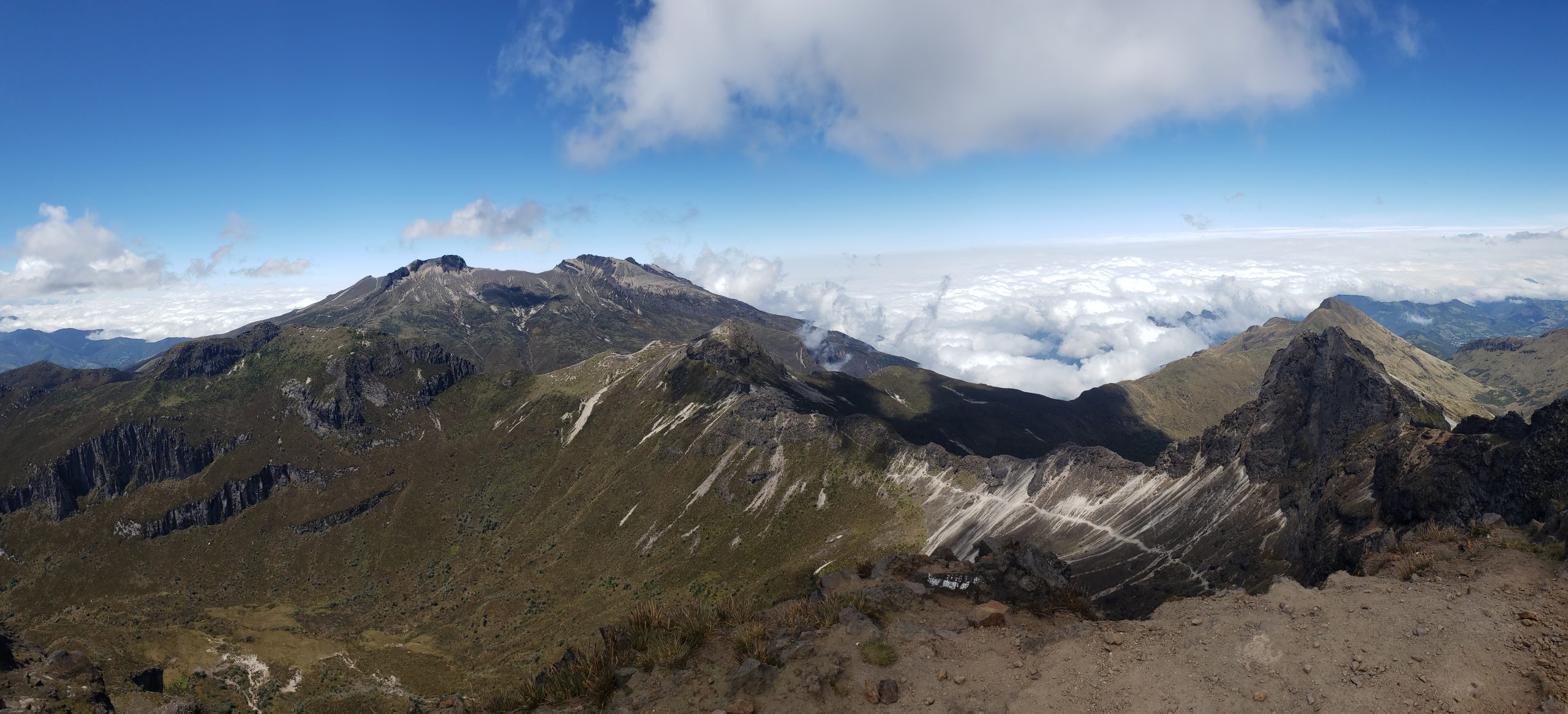
A view from the Rucu Summit (taken on a clear day) looking towards Guagua, Ladrillos and Padre Encantado in the foreground
But we scooch our way down (AMF mostly on her butt, Doggo still with us and prancing down the slope, having a blast), until we reach the smooth buffed out trail below. We’re able to run but are absolutely freezing as the wind is merciless and knocks us from side to side as we approach peak number 2: Ladrillos.
The normal trail would stay on this eastern side of the ridge, but in an attempt to get out of the wind, we cross over to the west side, slightly more sheltered, and pause for a few minutes. The weather forecast had not predicted this wind and so we’re woefully underprepared in terms of gear: no warm clothes other than 1 long sleeve shirt and windbreaker each. I take my socks off my feet and put them on my hands as make-shift mittens. This seems to help.
We continue on the west side of the ridge and then begin to route-find our way up the west face of Ladrillos. There’s no trail but the scrubby paramo is easy enough to navigate. I find us a line and, after some fairly exposed rock scrambling near the top, we reach the summit and are again blasted by the wind. We don’t even take a photo but just run down the smoother trail on the other side towards peak number 3: Padre Encantado.
This piece is quite runnable and I can see that the clouds are burning off of Guagua (our final summit) and a huge part of me wants to just skip Padre and head there. It’s our route; we can decide what to do, right? But, we get to Padre and the trail looks smooth and there’s no more time for questions so we head up.
The climb is surprisingly easy and well trodden and (after seeing our first other climbers of the day) we’re at the top, our 3rd peak over 4,500m (14,700 ft) in 90 minutes. The descent is similarly quick and we find ourselves on the easy trail out towards the last and highest summit, Guagua Pichincha.
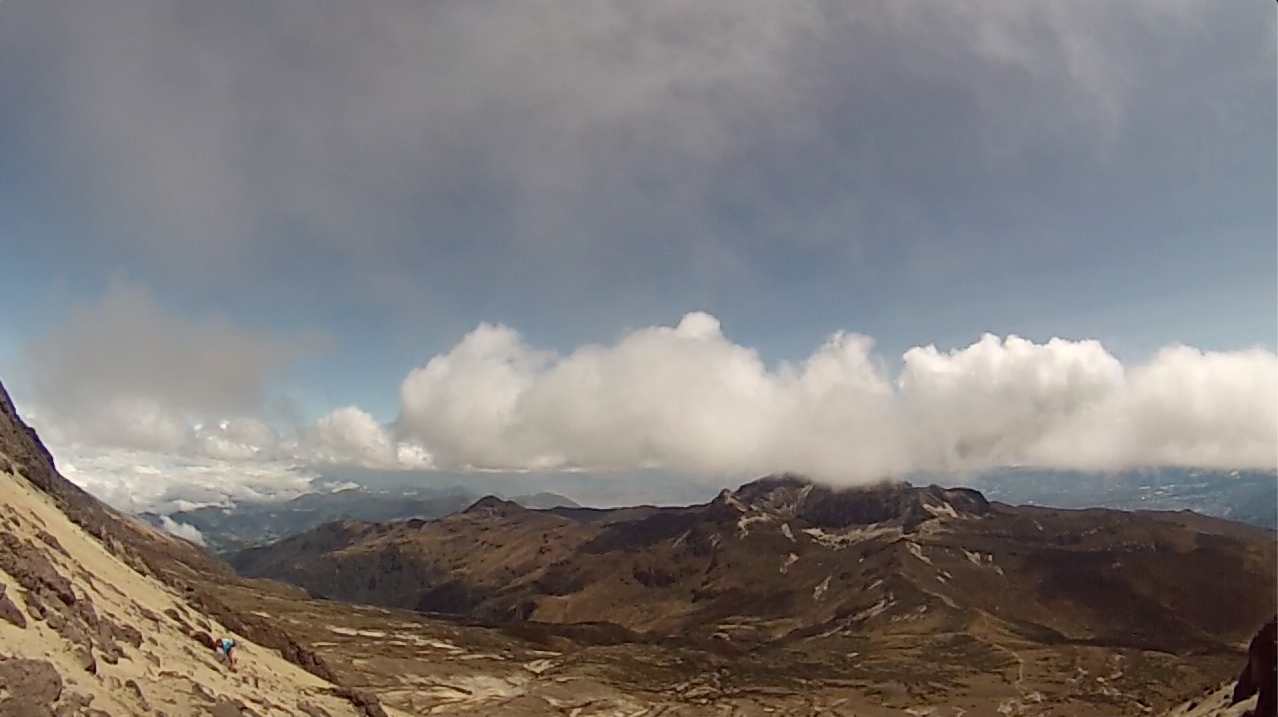
The final climb up to Guagua Pichincha — Anna Mae is visible in the bottom left make her way up the sandbox.
I think I hear Emmett’s drone before I see any of our gang but sure enough, as we approach the base of Guagua (Doggo is still with us, by the way), we see our squad waiting patiently in the frigid high-mountain air. It’s a huge mental boost and we continue running all the way up the increasingly steep approach until the final push to the summit.
This sandbox section climbs from about 15,300 ft to the summit some 400 ft above. It’s loose and extremely steep — think two steps forward, one step back. With four and a half hours of hard, continuous movement in our legs, it’s exhausting and frustrating.
I try to find us a decent line but there are really no great options. It’s just a slog. I see some large rocks up ahead and steer us towards those, which provide some stability and finally lead us to the ridge-line. It’s again extremely windy on the knife’s-blade ridge, but we scramble the last 100 ft or so, the very last piece requiring some low-level climbing moves, and — finally — we’re on the summit: 15,696 ft. It’s all downhill from here.
The view from the top is spectacular and somehow the very summit is (counter-intuitively) slightly sheltered from the wind. We marvel at the sea of clouds to the west, the giant crater below us, the city to the east, and the insane mountainous landscape through which we’ve just traveled to the north. We hug and then focus on safely getting off this tiny piece of rock in the sky.
After some very careful downclimbing, we’re back on the ridge, trying not to get blown 1000 ft down into the crater. We skirt along the ridge, around the lower eastern summit, and onto the perfectly runnable trail down to the refugio [mountain hut] and parking lot just below the summit ridge. It feels great to open up my legs and really run down hill and I shout to Dave that I’m feeling great as I run by.
I stop briefly at the refugio, Anna Mae just a few steps behind, and pop off my HOKA Challenger ATRs, pour out the half inch of sand that they’ve accumulated, and take my socks off my hands and put them back on my feet. We’ve traveled together up to this point but had planned to split up for this last segment from the refugio down the dirt road into Lloa.
Despite feeling miserable, cold, and mentally and physically exhausted just a few minutes earlier, the road is more sheltered from the wind and my legs and body are excited to run. I take off.
For the first time all day, I find myself alone and doing the thing that I really love: running fast through spectacular landscapes. The road is fairly smooth and continuously downhill — sometimes uncomfortably steep — but it just feels so great to be moving fast. I’m enjoying my morning.
Greg’s truck pulls up behind after a few miles and continuously passes, stops, etc. so the boys can cheer and get some video footage. It’s great to have my friends so close by me as I’m pushing myself; if there’s any tiny voice in my head telling me to sandbag or even stop, it’s overwhelmed by the joy I feel knowing that these people have come out to these beautiful mountains to be here together.
I’m pushing hard knowing that I’m in the last 5km now. I run a few kilometers in the 3’10s (5’0x / mile) and slow a bit as things flatten out. Finally, we come down a steep descent and we turn left and find one last hill. After almost 9 miles of descent, it feels like another 15,000 ft summit and I seriously almost start walking, my legs are so fried, but I crest the hill and follow the road into town, a classic tiny Andean pueblo, dogs and old 4x4s lining the streets, curious Ecuadorians poking their heads out of shops at the dirty, skinny gringo seemingly sprinting down the middle of the road, before one last right turn and we’re in the park, our arbitrary finish line, and I run up to the fountain in the center, flanked by 4 stray dogs. It’s over. 5 hours and 56 minutes.
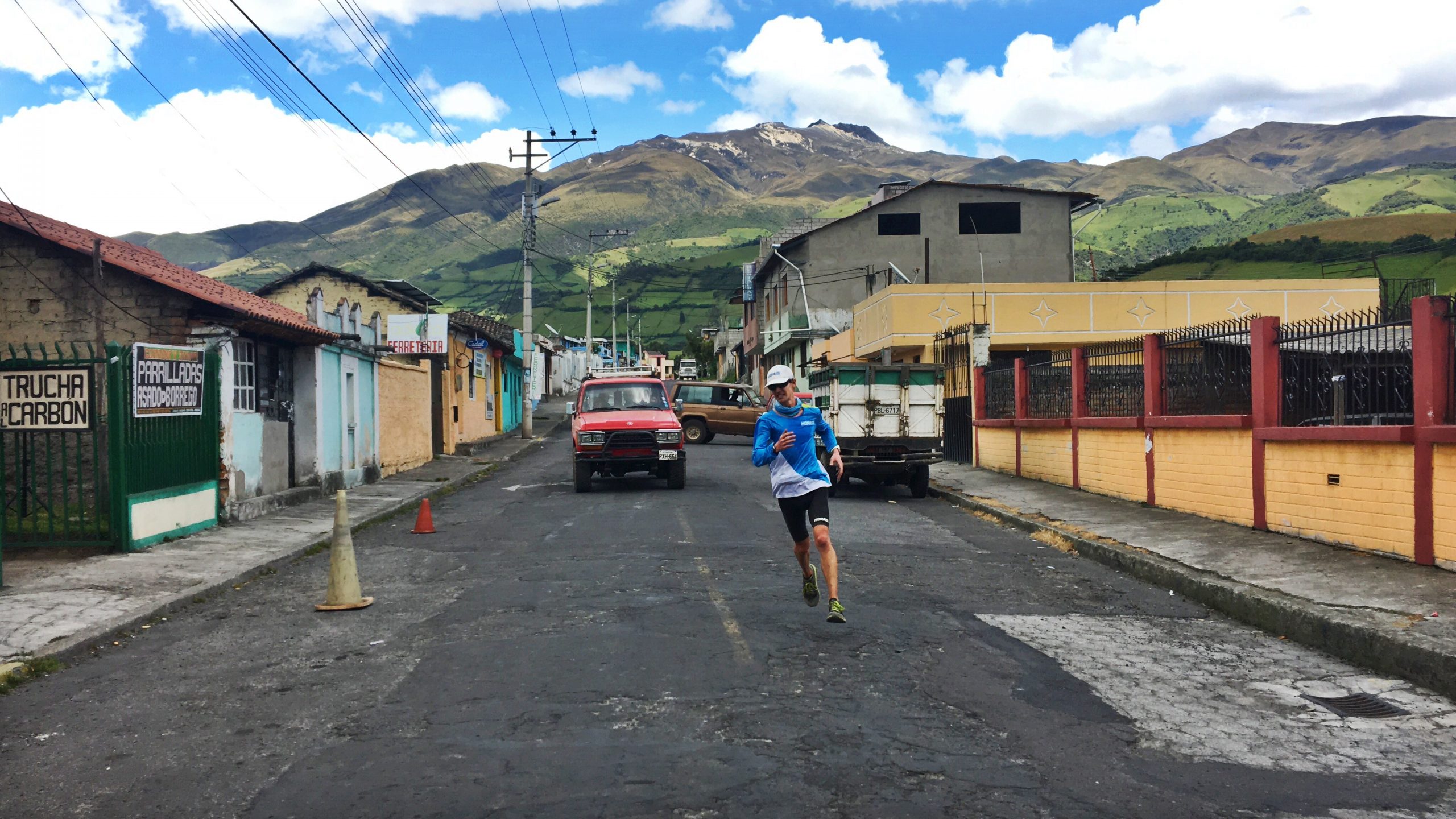
Kicking into the last turn to Lloa Town Plaza. The mountain in the background is Guagua Pichincha, whose summit we’d stood on less than an hour earlier.
After I catch my breath, Emmett and I jog (very slowly) back out on the course until we run into Anna Mae, just before the last big hill. She seriously runs that last hill faster than I did and we run in together the last few hundred meters to the town square. I’m completely in awe. She’s literally been in Ecuador for 10 hours and has spent 6 of them running through the mountains. Absolute legend.
After
With only my Inca Trail FKT to compare this to, I expected this to hurt. And it does. My body is beat from the relentless climbing and descending, my mind hazy from the hours above 14,000 ft, but my heart is full.
This wasn’t just a dream come true — it was better than I could have hoped for. Not only did I tackle this decade-plus-long dream, we, together, set four new FKT marks [the man’s and woman’s full traverse FKT, the woman’s Polichasqui climb, and the woman’s Rucu Summit from Quito FKT]. And, hopefully, in doing that have inspired other runners, locals and foreigners, to tackle these routes and similarly find joy in pushing themselves in these truly special mountains.
I’m so grateful to those mountains, to this city and country, to the community here, and to the community we’ve built and are continuing to build. And, of course, to our squad out on the mountain: DW, ES, GK, and — everyone’s favorite — Doggo. Thank you all and we’ll see you again soon.
Hasta luego!

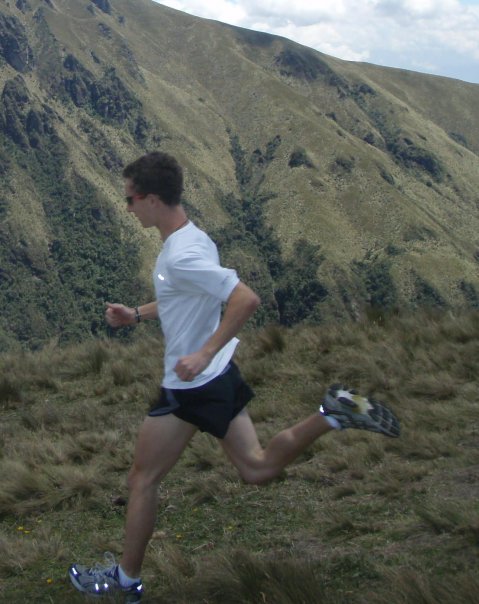
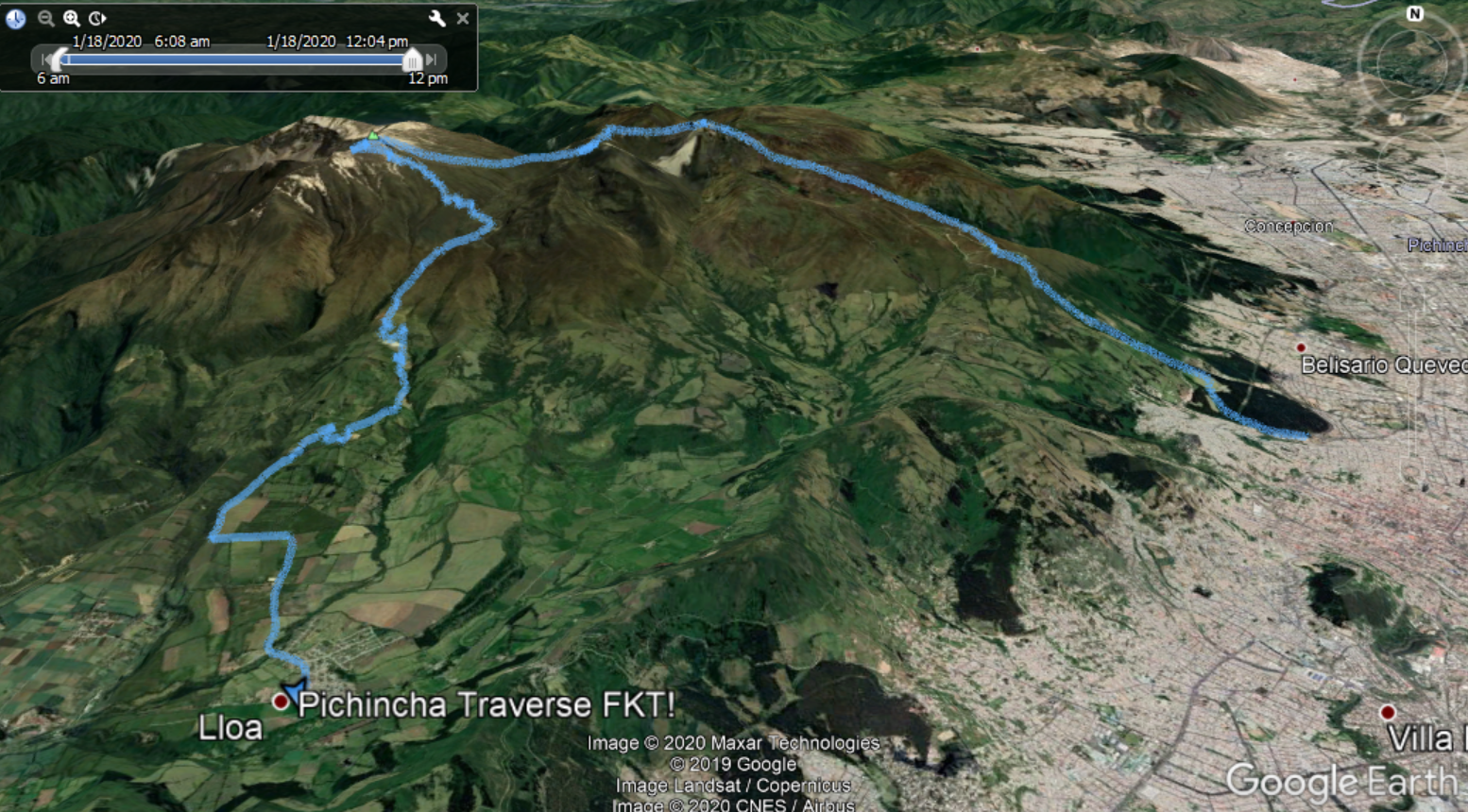
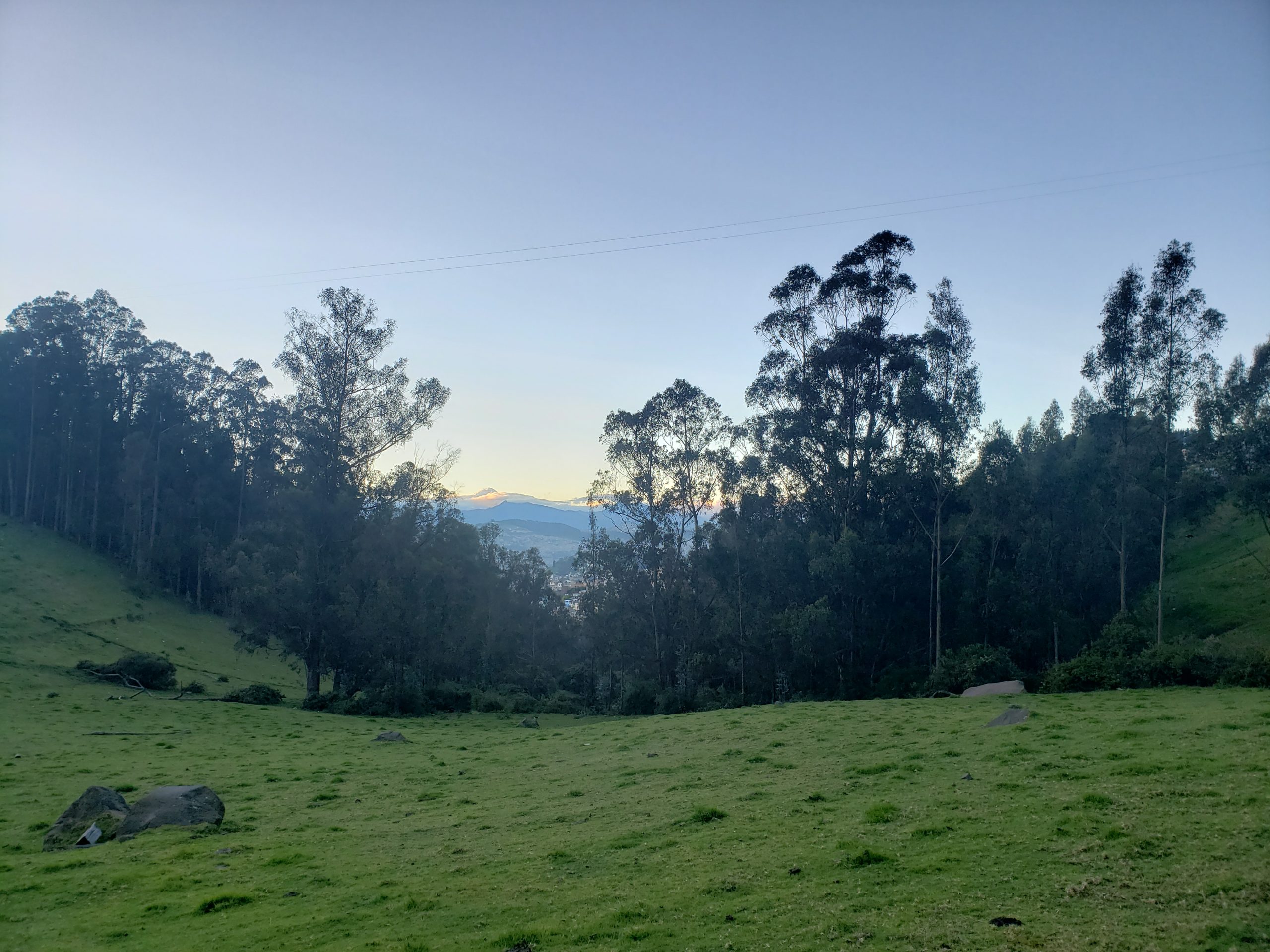
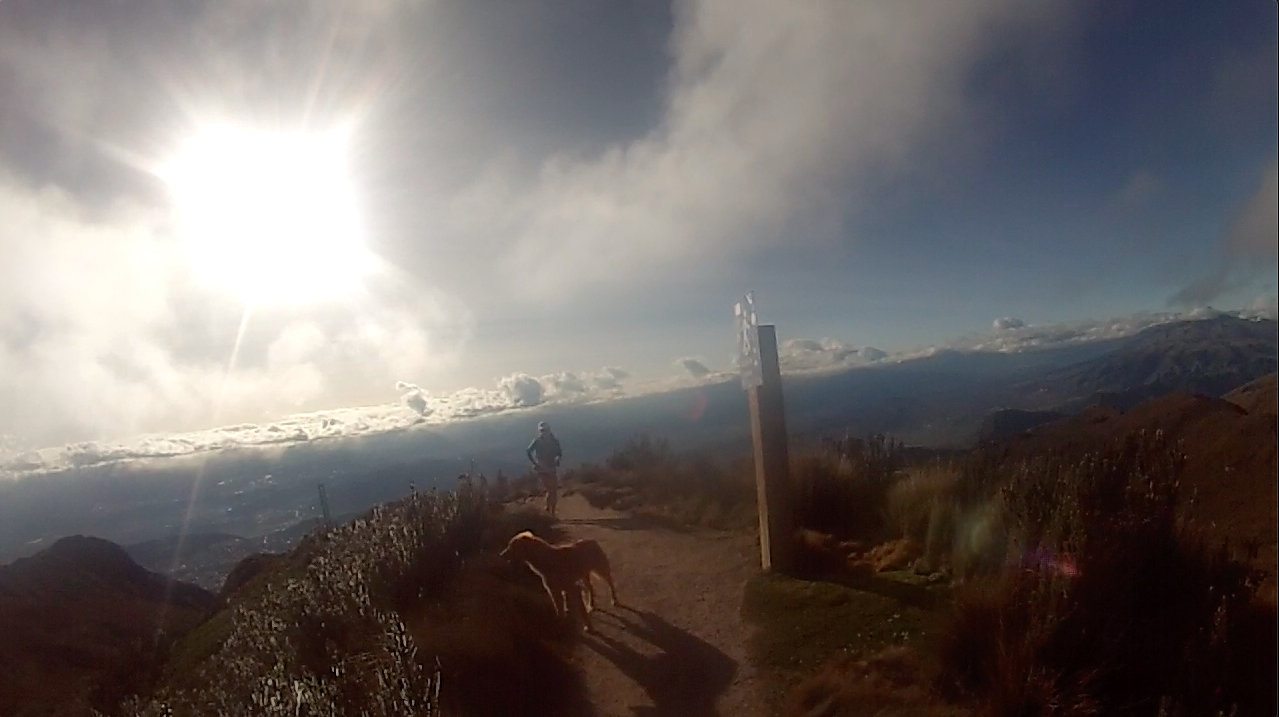
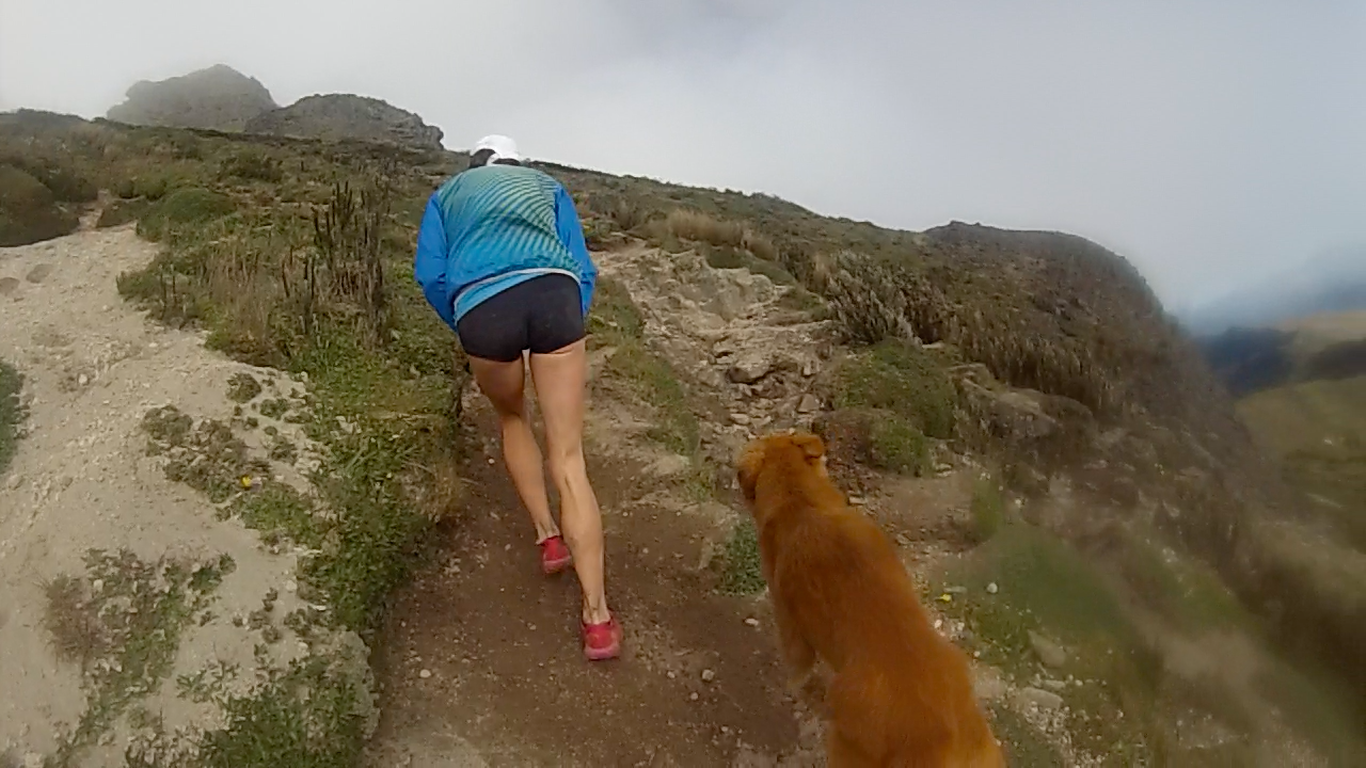
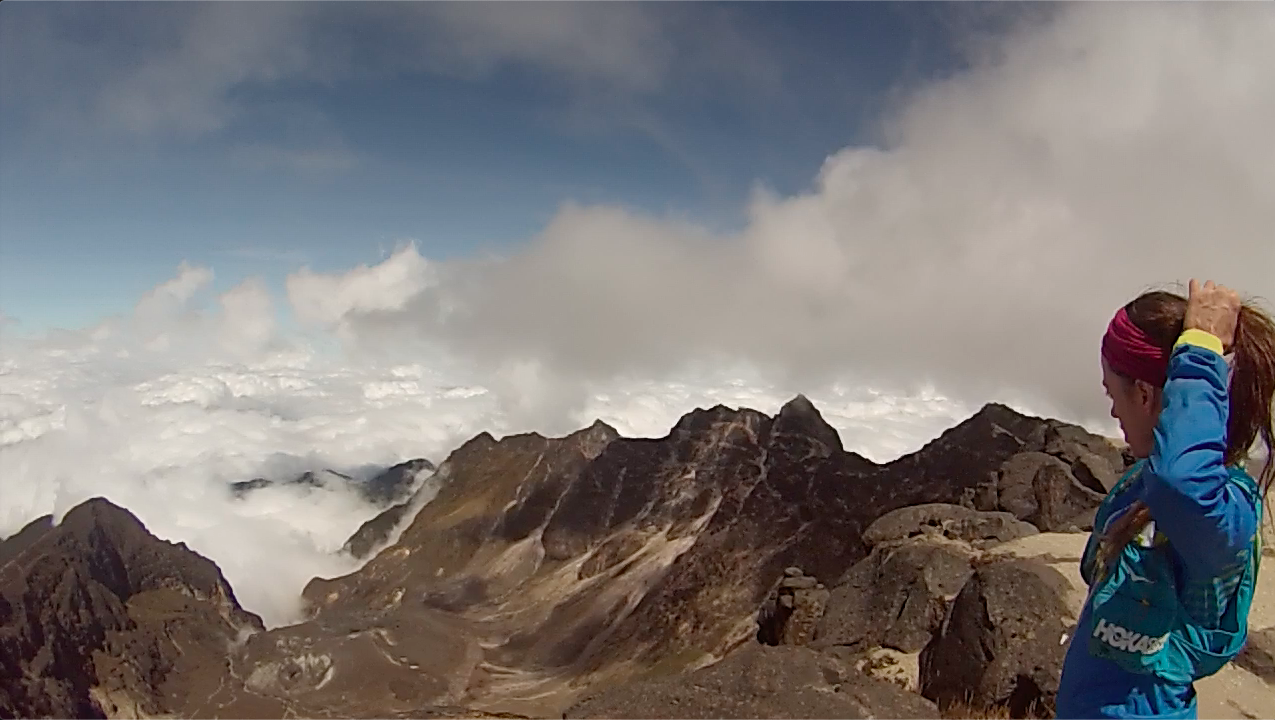
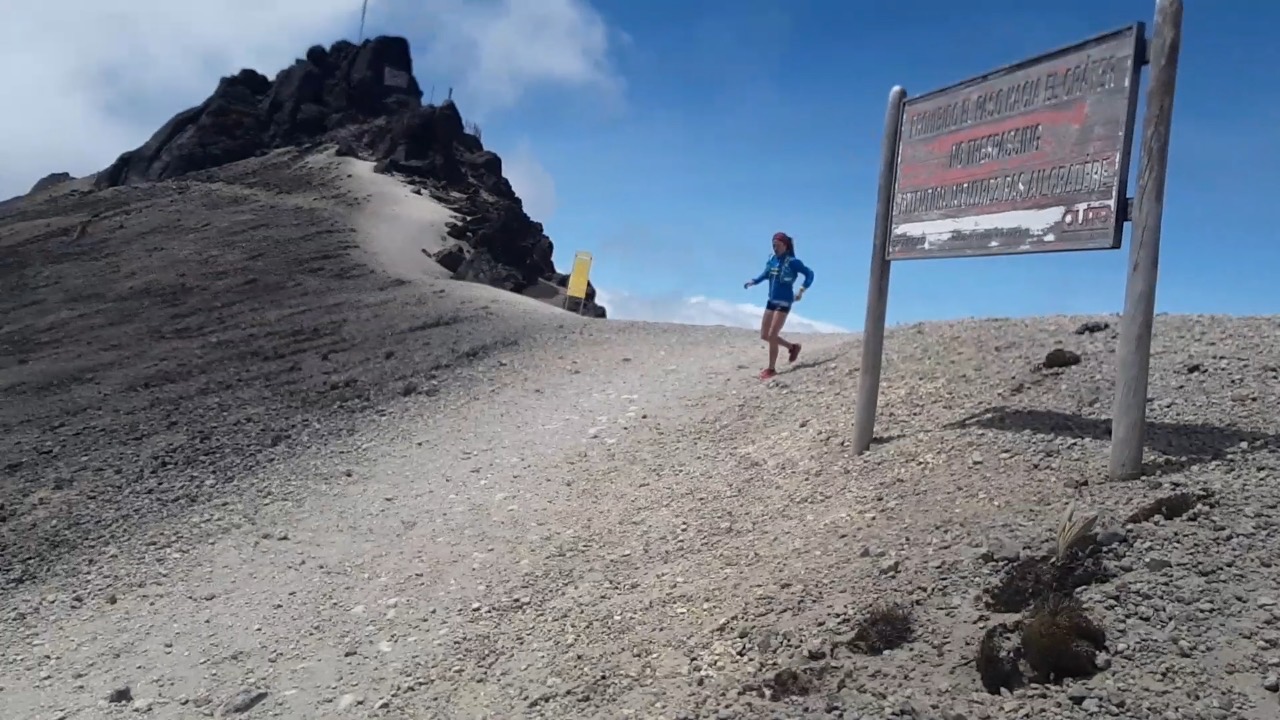
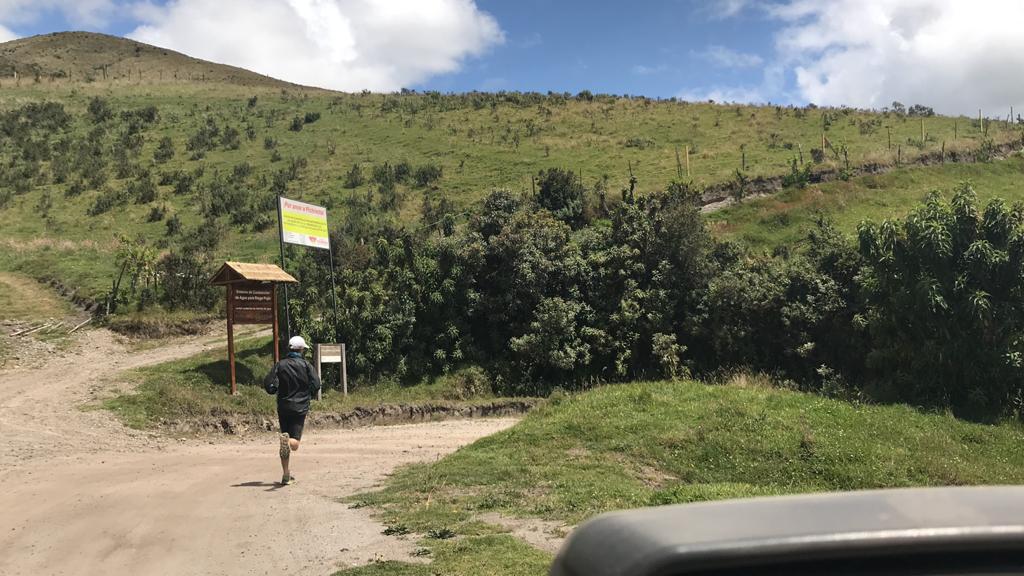
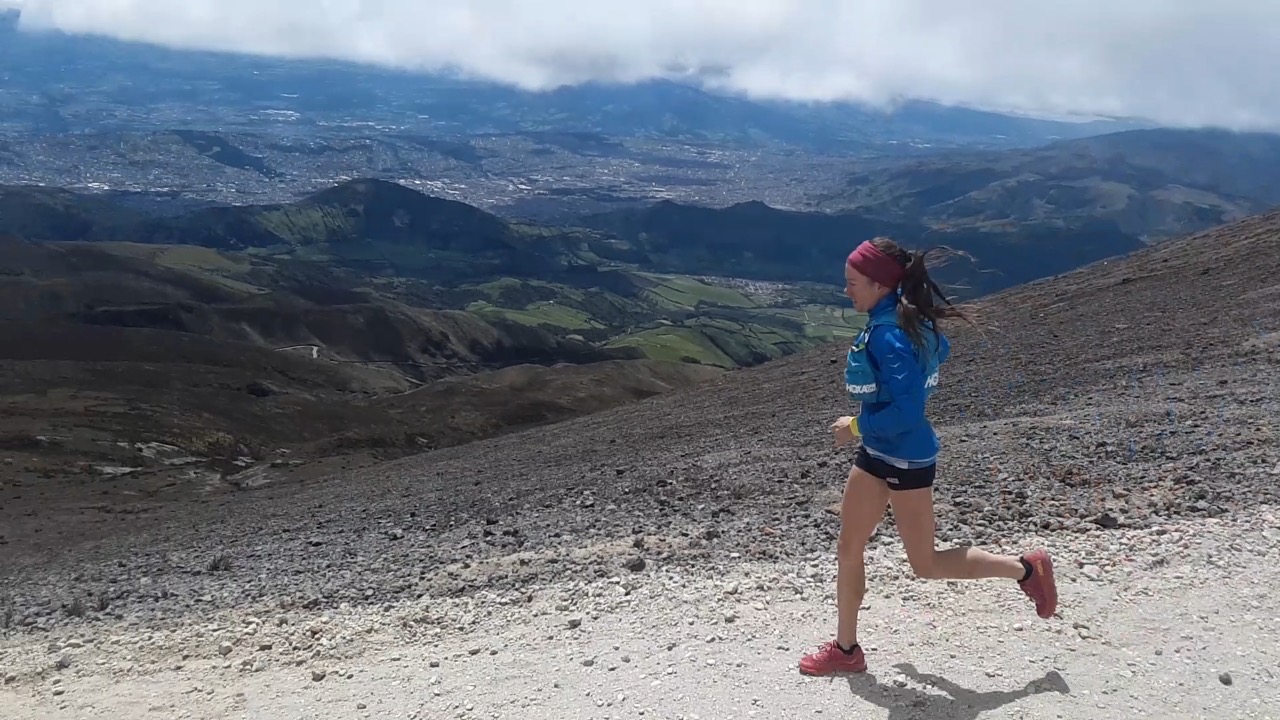
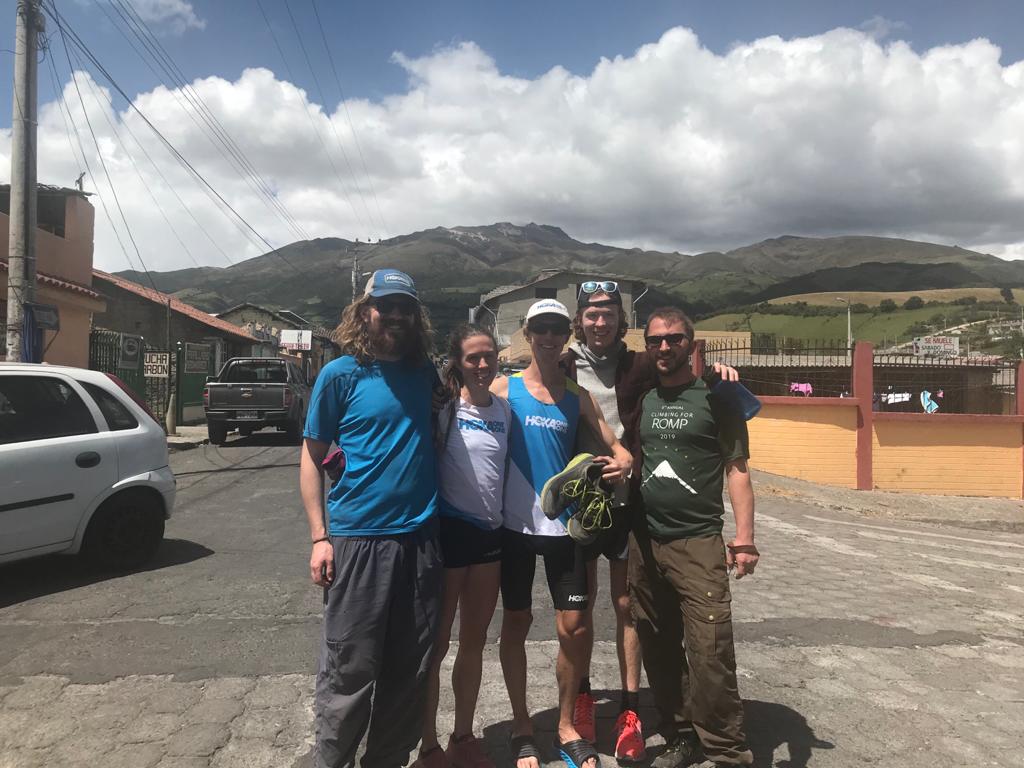
Leave A Comment